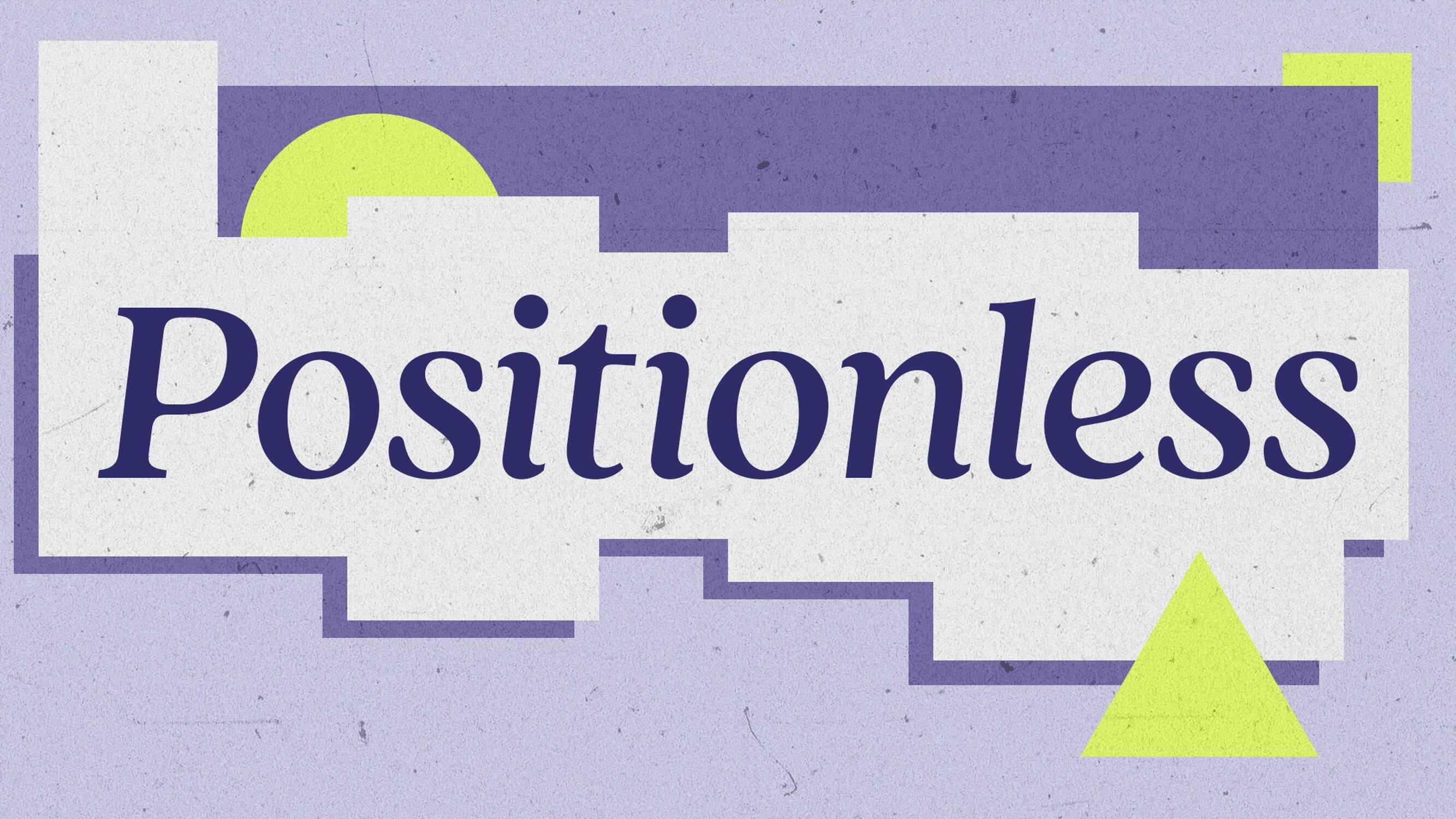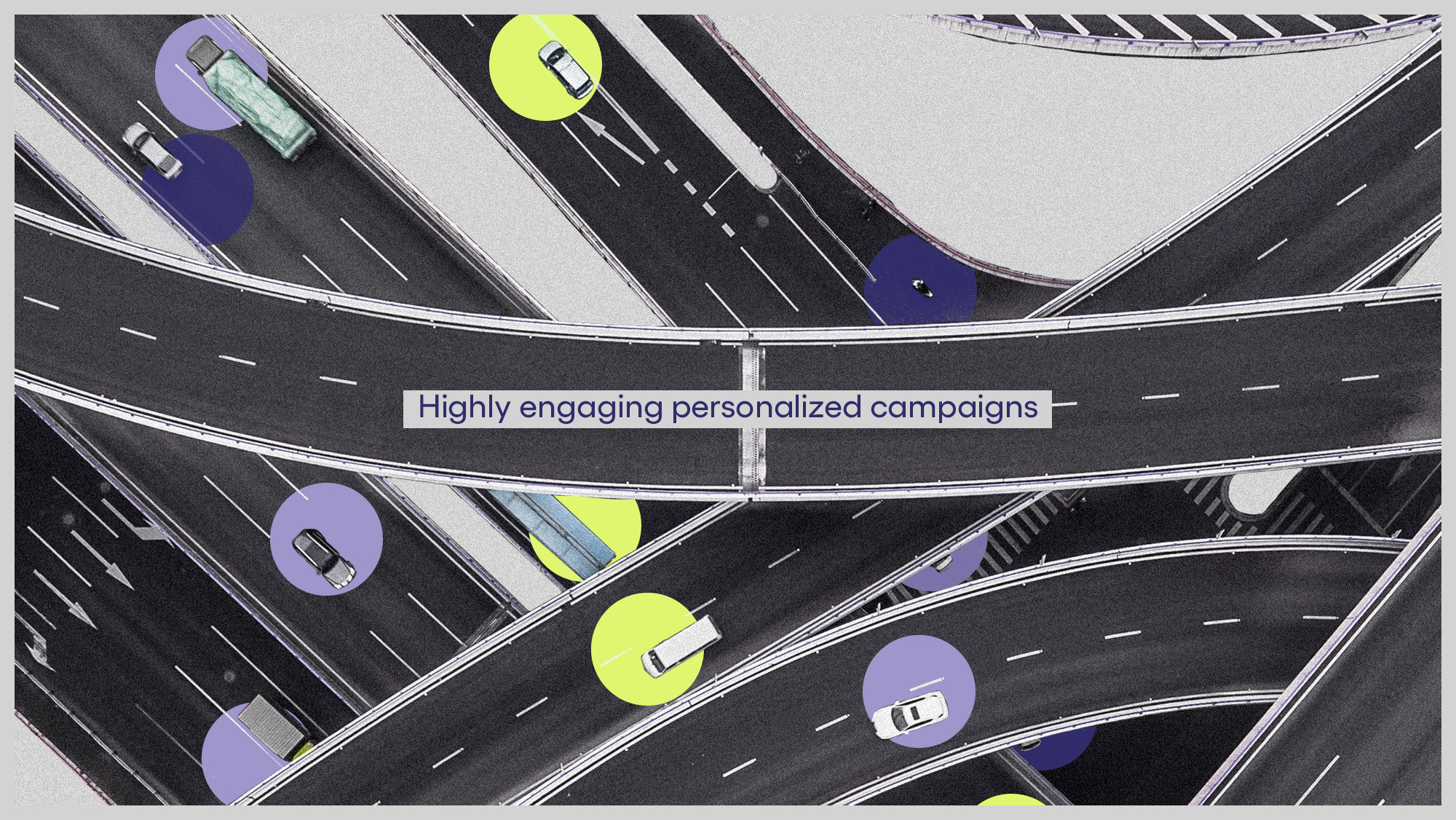
AI and the Retail Marketer’s Future
How AI transforms strategy and processes, driving the adoption of Positionless Marketing
Forrester: Optimove’s Total Economic Impact
Why it matters:
Customer Journey Orchestration is a game changer for marketers. It differs from traditional campaigns and it’s crucial for creating personalized experiences that boost engagement, sales, marketing attribution and customer loyalty.

Key takeaways:
Customer Journey Orchestration is a game-changing strategy reshaping the marketing landscape. It contrasts with traditional campaigns and unlocks the potential of personalized experiences that amplify engagement, drive sales, and cultivate unwavering customer loyalty. This article delivers practical insights for swift implementation, ensuring marketers are equipped to elevate their marketing game.
Customers now demand personalized experiences across all online and offline channels, appreciating brands that cater to their individual needs. To meet these expectations, companies are shifting towards a fuller customer journey perspective, rather than relying solely on traditional marketing campaigns.
In this article, discover the key differences between a journey orchestration approach and a traditional campaign approach, and uncover the mutual benefits it brings to brands and their customer.
The traditional marketing campaign approach has been the go-to for decades – and let’s face it, we’re all pretty familiar with it. But here’s the thing: compared to that, a customer journey orchestration approach is like having an array of marketing campaigns that never stop running.
Except, not all customers view these campaigns simultaneously. Why? Because this approach is customer-centric. It’s all about what the customer wants to see and where they are in their buyer’s journey, rather than what the brand thinks they should see. For maximum impact, multiple potential journeys should be available, ensuring each customer finds the one that suits them best at any given time.
It’s all about perspective. Journey orchestration takes a customer-first approach, while traditional marketing campaigns (even with audience research) tend to prioritize business needs. With a journey orchestration approach, your customers will feel understood – and that’s a game-changer. And when they feel understood, engagement, purchases, and referrals are bound to soar. Get ready for a marketing transformation like no other!
Having a solid strategy and orchestration in place is crucial. But, what comes next? You need to grab your audience’s attention with compelling content, irresistible offers, and actions that will take their customer journey to another level.
Now, let’s talk about brand consistency. It’s a top priority for marketers, especially when it comes to customer journey orchestration. By giving your customers more freedom to interact with your brand whenever, wherever, and however they want, you’re empowering them in a whole new way. But with this freedom, you need to ensure that your content remains consistent across all touchpoints. From smartphones to laptops, from your website to social media platforms, your messaging and branding should be seamlessly unified.
Consistent content isn’t just about synchronizing your customer journey, it’s about enhancing their overall experience. Think about it – when your buyers and prospects have a cohesive experience, no matter where they access your materials, it’s easier for them to grasp your unique offerings and make a purchase anytime, anywhere.
So, let’s elevate your customer journey by capturing their attention and ensuring a consistent and engaging experience across all channels. Ready to embark on this transformative journey with your audience?
To ensure optimal performance regardless of your marketing methods, it’s crucial to have a solid system in place. If you’re embracing a customer journey orchestration approach, there are several factors to consider.
One vital component that becomes even more imperative with customer journey orchestration is multi-touch attribution (MTA). MTA takes into account all the channels and content a customer encounters and engages with, contributing to conversions. Unlike some traditional campaigns that focus on a single channel or a limited set of channels, customer journey orchestration often spans multiple channels. This amplifies the importance of understanding the impact of each touchpoint.
By orchestrating journeys across various platforms and channels, remarkable outcomes can be achieved. However, to optimize and enhance your efforts, it’s essential to comprehend how each touchpoint influences overall success. This is where multi-touch attribution comes into play, providing insights into the challenges and opportunities embedded within your customer journeys.
As you can see, customer journey orchestration has many benefits for both your business and customers, but it also requires some changes in the way you approach your marketing. By keeping these in mind, you can deliver on improved customer experiences across the entire buyer’s journey, and on the multitude of channels and platforms that your journeys may support.
Customer journey orchestration offers numerous benefits for your business as well as your customers. However, a journey orchestration strategy requires a shift in your marketing approach. By keeping these considerations in mind, you will be able to deliver exceptional customer experiences throughout the entire buyer’s journey, across a variety of channels and platforms.
Forrester: Optimove’s Total Economic Impact
The Forrester Total Economic Impact™ Study shows that Optimove’s Positionless Marketing Platform drives an 88% boost in campaign efficiency.


Writers in the Optimove Team include marketing, R&D, product, data science, customer success, and technology experts who were instrumental in the creation of Positionless Marketing, a movement enabling marketers to do anything, and be everything.
Optimove’s leaders’ diverse expertise and real-world experience provide expert commentary and insight into proven and leading-edge marketing practices and trends.


